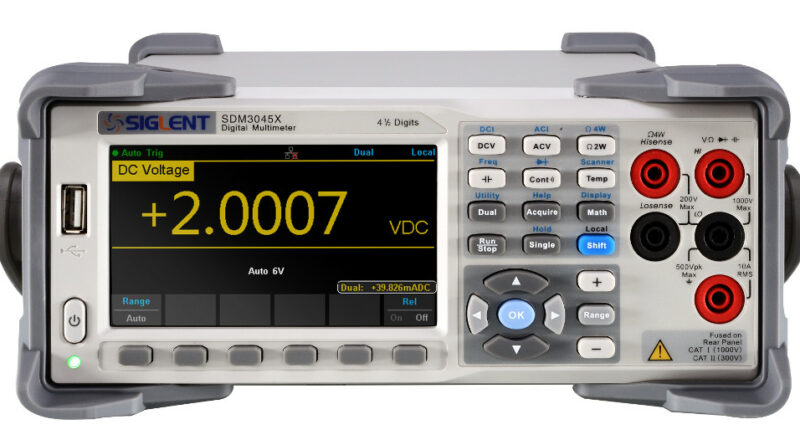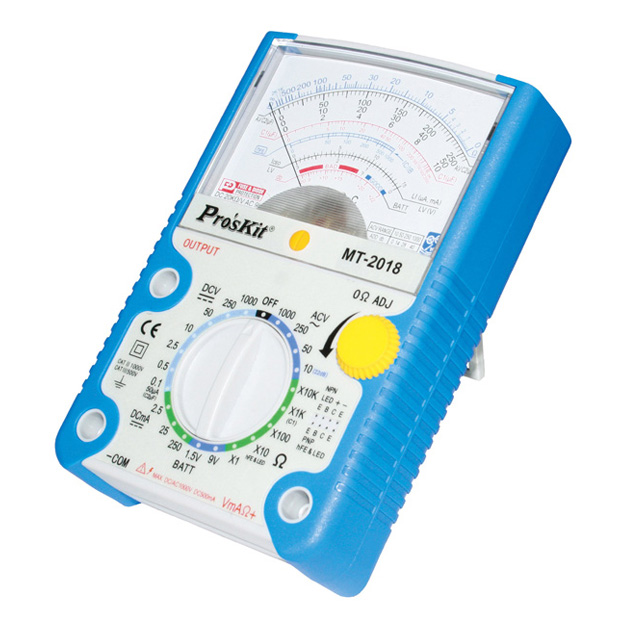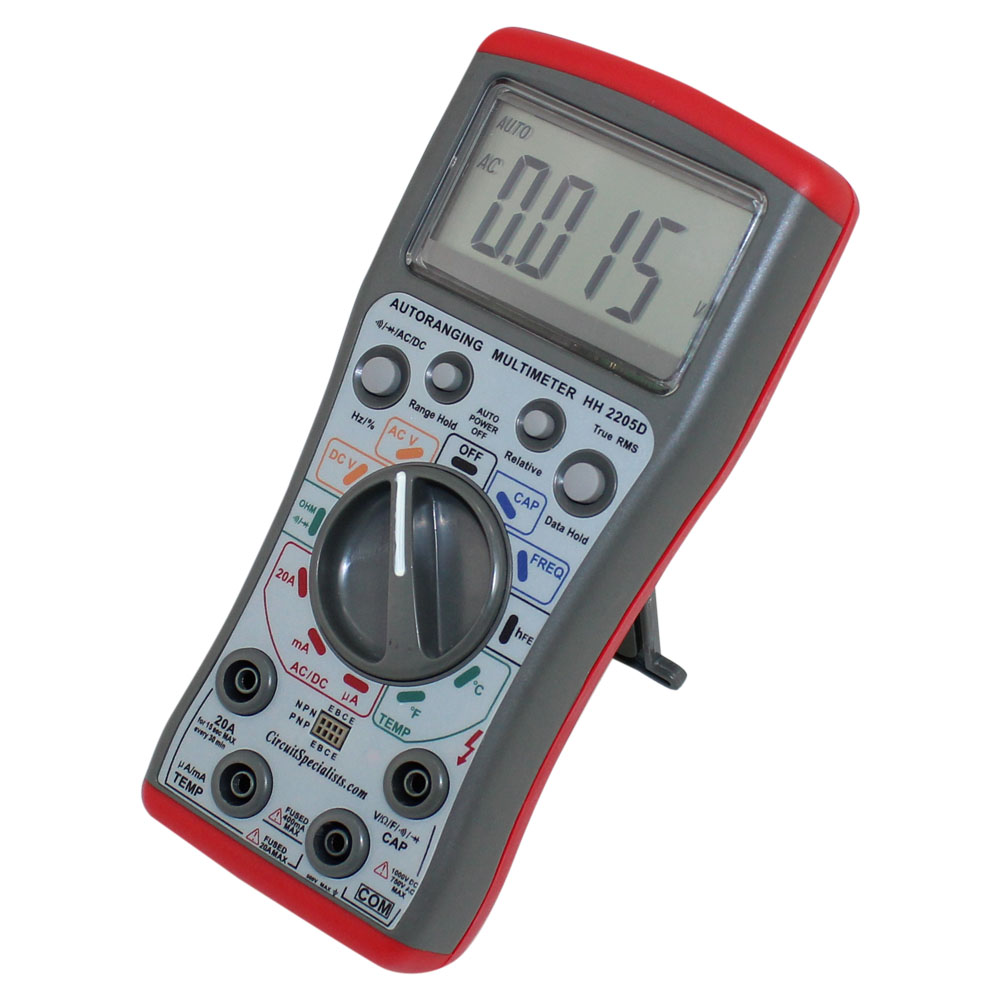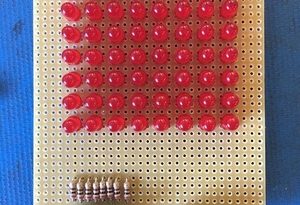Analog or Digital Multimeter
Cover Photo: Siglent SDM3045X Digital Multimeter
What is a multimeter?
An analog or digital multimeter is a tool used to measure current, voltage, and resistance. They are very useful instruments that can be utilized in a number of fields, the primary users being electricians. The multimeter is a must-have instrument for any electronic hobbyist, you can identify the problem just by a quick continuity test. There are pros and cons to both devices, and this article will tackle both these issues.
There are two primary types of multimeters, one begins the analog and the other is digital. The primary difference between the two is the display, an analog multimeter uses a needle to show the value, while a digital multimeter will show the results as numbers on a screen. You can read How Multimeters Work to learn more about multimeter.
Analog Multimeter
These devices are excellent for reading voltage, current, resistance, frequency, and signal power. A switched-range analog multimeter can be very affordable, however, they can be a bit difficult to use. For users who are new to multimeters may have trouble reading the resistance scale. To make measurements on a scale calibration an analog multimeter moves a needle along the scale. The analog multimeter also exhibits low resistance and high sensitivity with scales down, which can make it difficult to use.
The advantage of using an analog multimeter is when checking a diode the analog is usually more accurate. Other than that, many professionals choose to use a digital multimeter.
Digital Multimeter
As mentioned above, the main difference between a digital and analog is the display. The digital multimeter displays the reading in digits most times on a LED or LCD screen. This makes taking measurements much more accurate. The digital meter can measure voltage better because of their higher resistance of 1 M or 10 M. On top of that, an auto-ranging feature really helps electronic hobbyists, because sometimes the measurement range is unknown.
Conclusion
Overall, digital multimeters are much easier to read and provide more accurate readings. These days many analog multimeters are a thing of the past, and many professionals choose to use digital multimeters. Digital multimeter beginner-friendly is also the reason why many colleges and universities learn toward this route. Hopefully, this article has explained the difference between the two multimeters and will be helpful when shopping for a multimeter.



